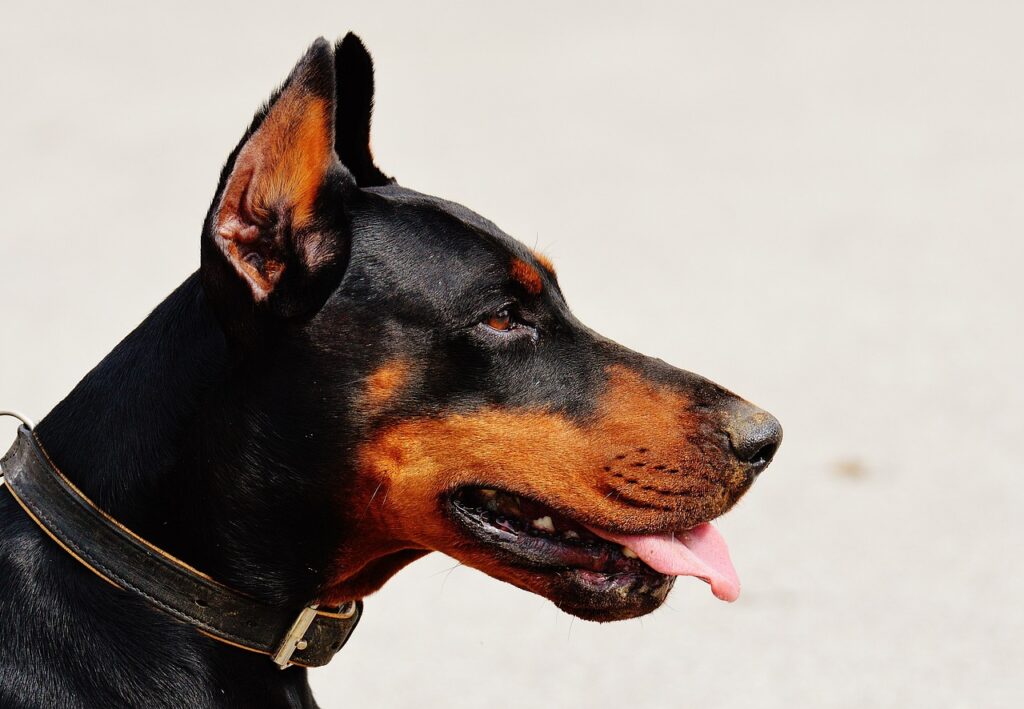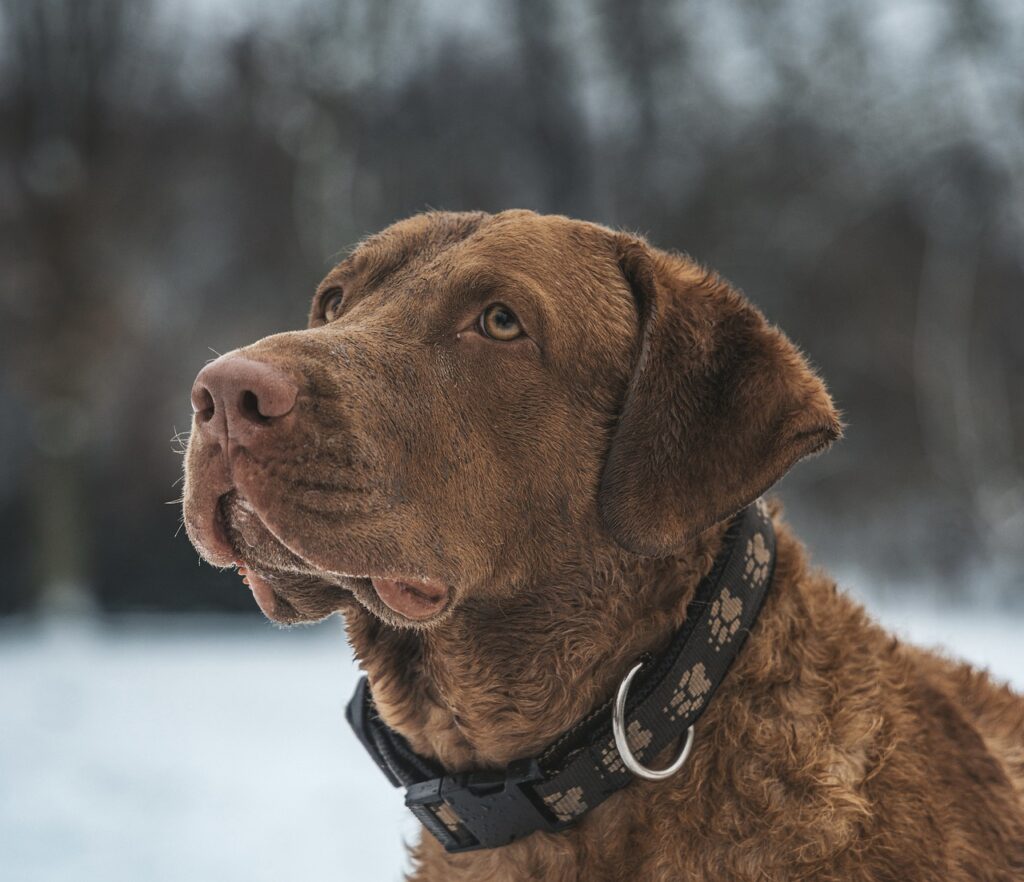Can Dogs Eat Lobster? – Yes, They can
Occasionally treating your furry friend to a small piece of cooked lobster can be a delightful surprise. It’s important to clarify that while dogs can eat lobster, it needs to be offered in moderation and properly prepared – that is, cooked and without any seasoning. Lobster is rich in protein and omega-3 fatty acids, which can be beneficial for your dog’s health. However, due to its high sodium and cholesterol content, it should be an infrequent treat rather than a dietary staple.
Can Puppies Eat Lobster?
Puppies have delicate digestive systems, and while they can eat lobster, there are stricter guidelines to follow. Yes, they can indulge in this seafood, but only in very small quantities and on rare occasions. Puppies are still developing their taste and tolerance for different foods; hence, introducing new items like lobster should be done cautiously to prevent any adverse reactions.
Things to consider when feeding lobster to puppies?
When you’re considering giving lobster to a puppy, you should first ensure that it does not replace their regular diet. Puppies need a balanced diet to grow, and lobster doesn’t provide all the necessary nutrients. Also, avoid giving them the shell, as it can be a choking hazard or cause digestive blockages. Always remove any shell pieces and ensure the lobster meat is fully cooked without any butter or garlic which can be harmful to them.
Nutritional Benefits of Lobster for Dogs – Why Lobster is Good for Dogs
1
Lobster provides an excellent source of protein which is essential for muscle development and energy in dogs.
2
It is also rich in omega-3 fatty acids that can help improve your dog’s skin and coat health, reducing any inflammation.
3
This seafood contains minerals such as zinc and magnesium, which play crucial roles in numerous metabolic processes in dogs.
4
Vitamins like B12 found in lobster can support your dog’s nervous system and aid in better cognitive function.
5
Additionally, the phosphorus content in lobster can contribute to healthy bone development, especially beneficial for growing puppies.
Potential Allergies: Can Dogs Be Allergic to Lobster?
Just like humans, dogs can be allergic to shellfish, including lobster. If you’re introducing lobster for the first time, start with a small piece and monitor your dog for any signs of an allergic reaction.
Symptoms of Lobster Allergies in Dogs
- Itching and skin irritations: Look for excessive scratching or red, inflamed skin.
- Gastrointestinal upset: Symptoms can include vomiting or diarrhea.
- Difficulty breathing: This is a serious sign and you should seek emergency veterinary care immediately.
What to Do If Your Dog Shows Symptoms?
- Immediately stop feeding lobster: Cease any further treats and remove access to the allergen.
- Consult your veterinarian: They can provide the best course of action and treatments.
- Monitor closely: Keep an eye on your dog’s symptoms and behavior, and get to the vet if they worsen.
Recommended Amount: How Much Lobster Can a Dog Consume?
The recommended amount of lobster a dog can consume is quite minimal due to its rich nature and potential for causing stomach upset. It should never comprise more than 10% of their diet. A small bite-sized piece as an occasional treat is sufficient for most dogs. Always remove the shell and offer only the meat.
Things to Consider When Feeding Lobster to Dogs
When giving lobster to your dog, ensure it is thoroughly cooked and free from seasoning. Be aware of potential choking hazards such as shells and always supervise your dog while they’re enjoying their treat. Lastly, consider any dietary restrictions or allergies your dog may have before offering lobster.
How to Feed Lobster to Dogs: A Quick Guide
Feeding lobster to your dog can be a luxurious treat for them. To ensure safety and enjoyment, follow some simple guidelines when preparing lobster for your canine companion.
Simple Steamed Lobster Bites
Steam lobster until thoroughly cooked, allow it to cool, then cut into small, bite-sized pieces suitable for your dog’s size. Ensure no seasoning is used.
Lobster Mix-In
Combine a small amount of cooked, unseasoned lobster meat with your dog’s regular food for an enhanced mealtime experience.
Frozen Lobster Treat
Mix cooked lobster and plain, unsweetened yogurt in a blender. Pour the blend into an ice cube tray and freeze for a cold, tasty treat.
Conclusion
In conclusion, dogs can enjoy lobster in very small, occasional amounts. It’s essential to serve it plain and fully cooked, with no shells or seasoning that could cause harm. Monitor for any allergic reactions, especially when introducing lobster to their diet for the first time. As luxurious as lobster is, always remember that moderation is key to maintaining your dog’s health and happiness.



